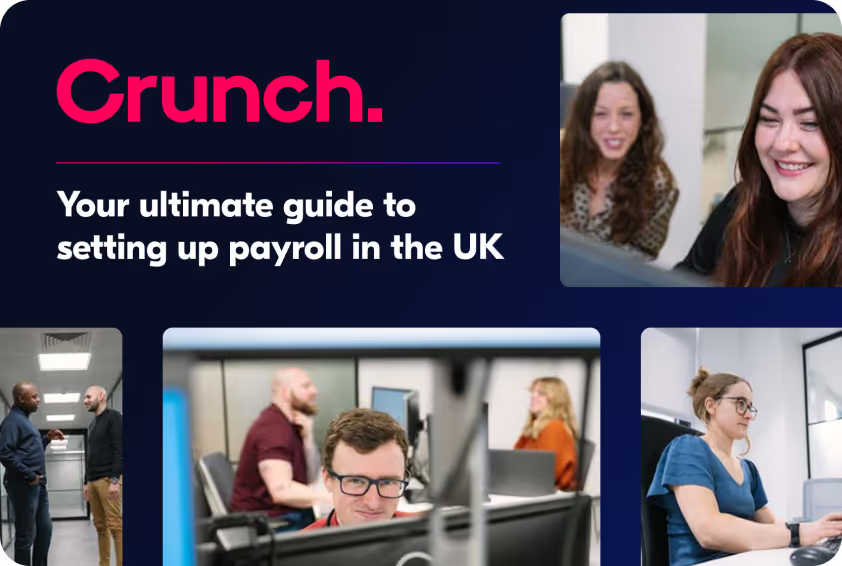Hiring an apprentice can be a game-changer for small businesses. It’s an opportunity to invest in fresh talent, bring in new ideas, and build a skilled workforce tailored to the needs of your business.
With government support available and a wide range of apprenticeship programmes to choose from, there’s never been a better time to consider taking on an apprentice.
Why hire an apprentice?
For many small businesses, hiring an apprentice is a smart, cost-effective way to grow a team. Unlike traditional hiring, apprenticeships allow you to develop employees from the ground up, ensuring they learn skills specific to your business.
Here’s why it’s worth considering:
- Apprentices bring enthusiasm and a willingness to learn, which can inject new life into your business.
- Government funding can help cover training costs, making apprenticeships a budget-friendly option.
- They encourage long-term staff retention, as trainees often stay with the company that invested in their development.
{{tax-guide}}
How do apprenticeship programmes work?
An apprenticeship is more than just a job—it’s a structured training programme that combines paid, hands-on experience with formal study. Apprentices work alongside experienced staff while earning a relevant qualification for their role.
In the UK, apprenticeships are available at different levels, from entry-level (GCSE equivalent) up to degree and Master’s levels. They can also cover a wide range of industries, from tech and finance to construction and marketing.
Sold on finding an apprentice?
Bringing on the right apprentice is crucial. So we’ve put together some tips to help you find the right apprentice for your business.
1. Use the relevant apprenticeship providers
Collages, universities and specialist training providers can help match businesses with the right candidate.
2. Advertise through government channels
Employers in England can post roles and access support via the gov.uk apprenticeship service.
3. Focus on potential, not experience
Enthusiasm, a strong work ethic, and a willingness to learn are more important than past experience.
4. Make sure you apply for relevant funding and financial support
Hiring an apprentice is more affordable than many businesses realise. You could get 95-100% of training costs covered depending on your business size.
Ready to get started?
If you’re ready to take on an apprentice, here’s your action plan:
- Define the role
Outline the tasks, responsibilities, and skills your apprentice will develop.
- Find a training provider
Use the government’s search tool to find approved providers.
- Check funding options
Explore available grants and wage support.
- Advertise the position
Use gov.uk, job boards, and apprenticeship providers to attract candidates.
- Interview and hire
Look for enthusiasm, adaptability, and a great attitude.
{{cta-newsletter}}
How to support your apprentice
A successful apprenticeship relies on a balance between work and structured learning.
Tips to support your apprentice properly
To get the most out of an apprentice, you should:
- Assign a dedicated mentor that helps the apprentice settle in and develop key skills.
- Prioritise training whenever possible. Aim to set aside at least 20% of working hours on training and development.
- Set clear goals for the apprentice to aim for. This helps ensure progress and keeps motivation high.
- Schedule regular check-ins with them to make sure they feel supported.
Taking on an apprentice isn’t just about filling a role—it’s an investment in the future of your business. With the right training and support, an apprentice can become a valuable long-term team member. If you’ve been considering it, now is the perfect time to take that first step.
If you’re looking for more information on taking on an apprentice, we’d recommend checking out our guide “Taking on apprentice - the full details”. If this is your first time hiring an employee, we’d recommend visiting our article “Hiring employees: a small business checklist.”

.svg)



.webp)




.avif)





%20(1).avif)



